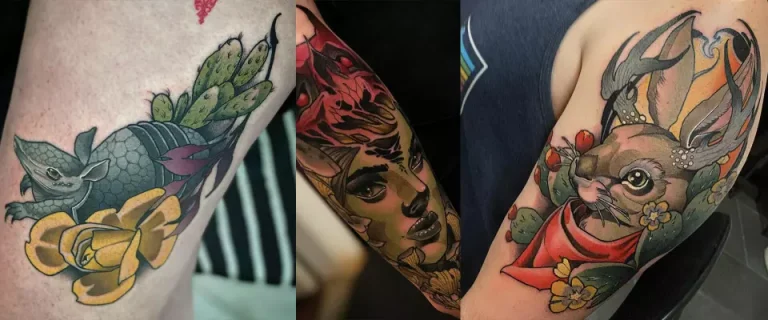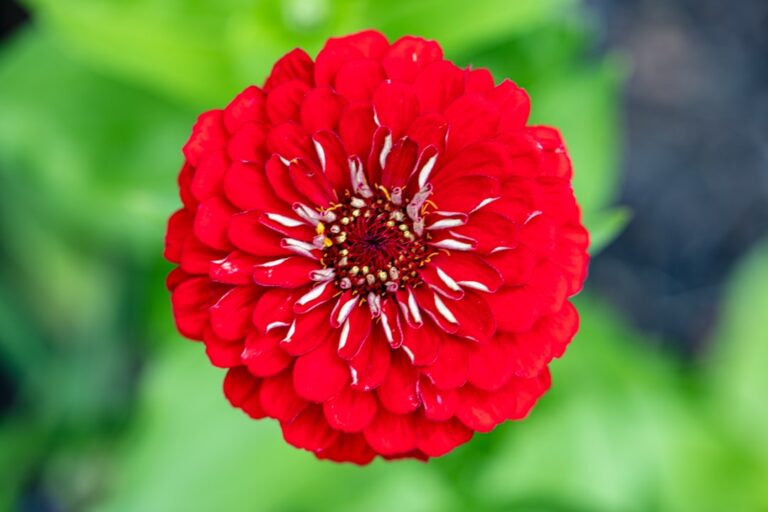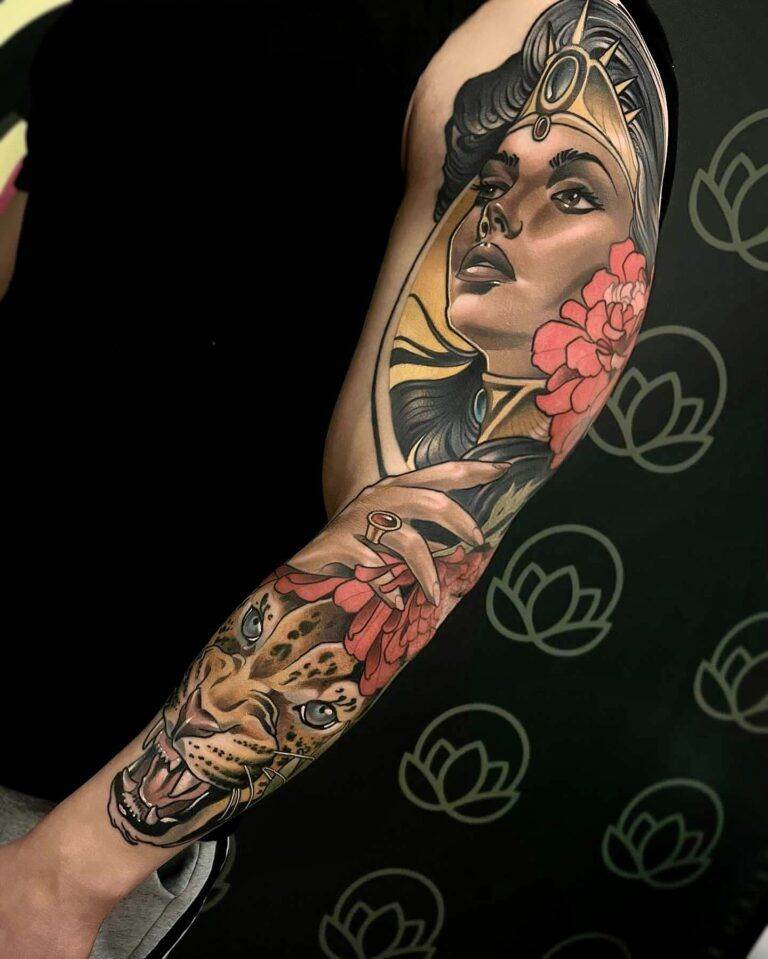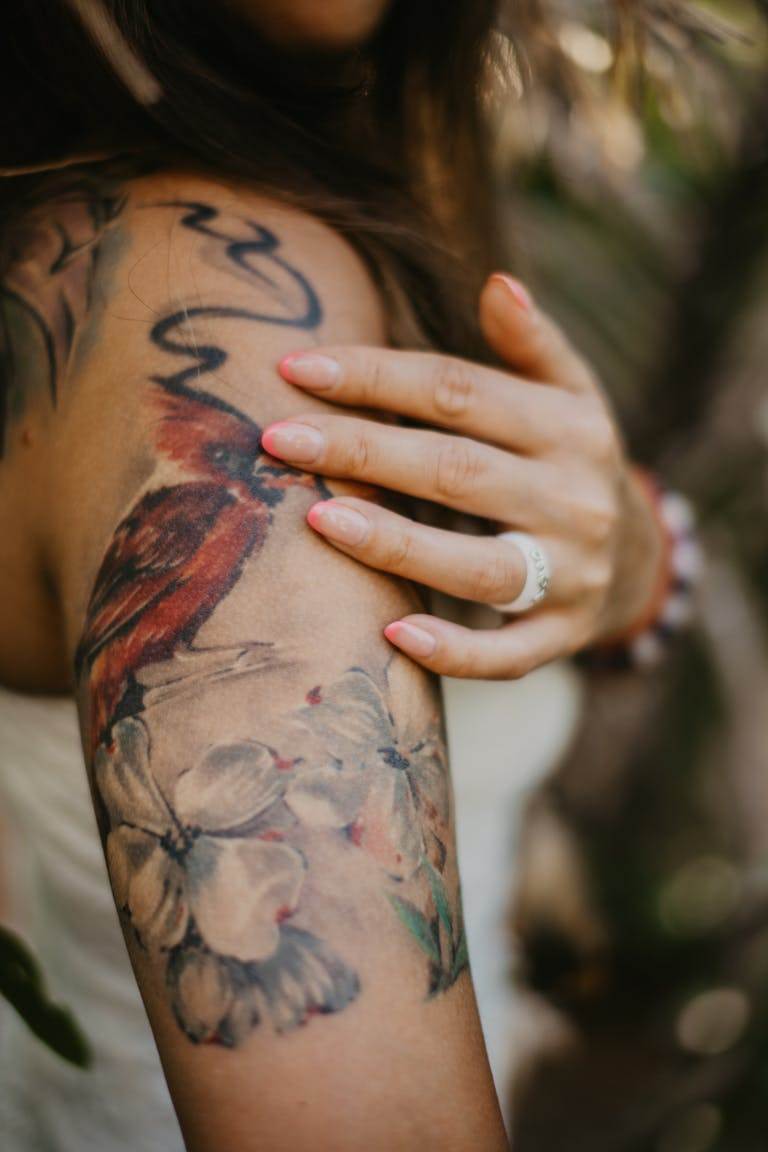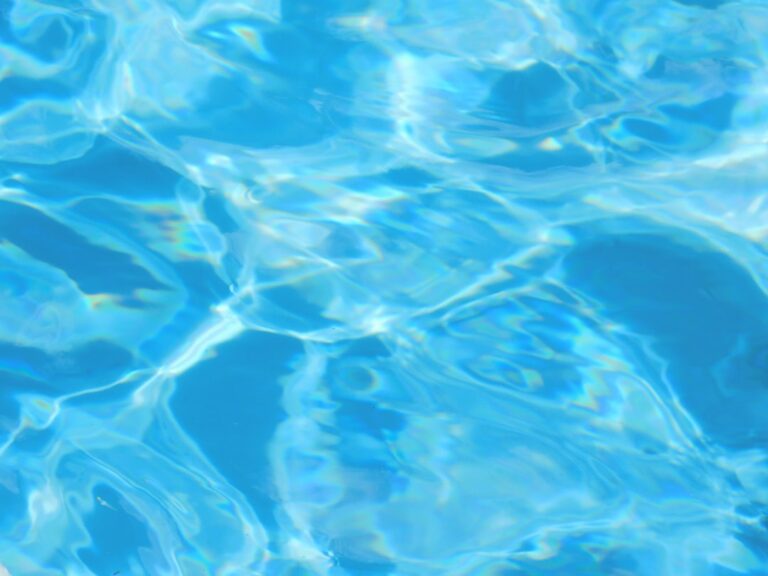Introduction
Geometric tattoos have surged in popularity over the years, offering a sleek and visually striking aesthetic that appeals to a wide range of tattoo enthusiasts. Incorporating geometric patterns into your tattoo design can create intricate, meaningful, and modern art pieces that stand out due to their symmetry and structure. Whether you’re considering a small, minimalist tattoo or a larger, more elaborate design, geometric patterns provide a versatile option for expressing personal meaning while maintaining a sense of balance and harmony.
In this article, we’ll explore various ways to incorporate geometric patterns into your tattoo, from choosing the right shapes to combining them with other tattoo styles.
1. Understanding the Symbolism of Geometric Shapes
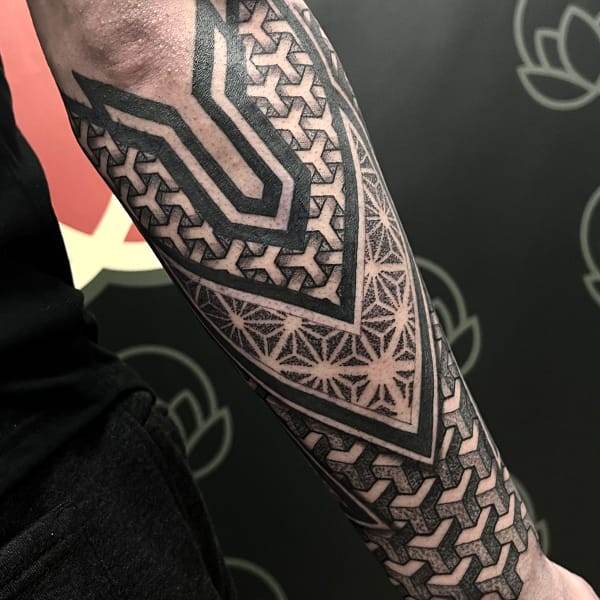
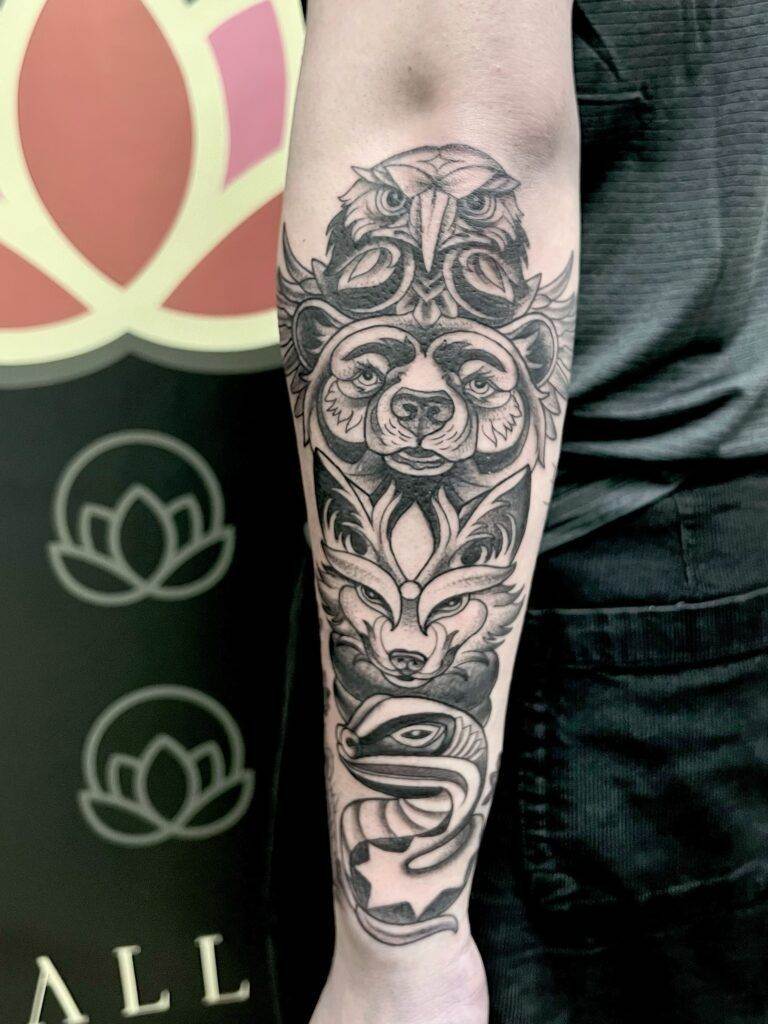
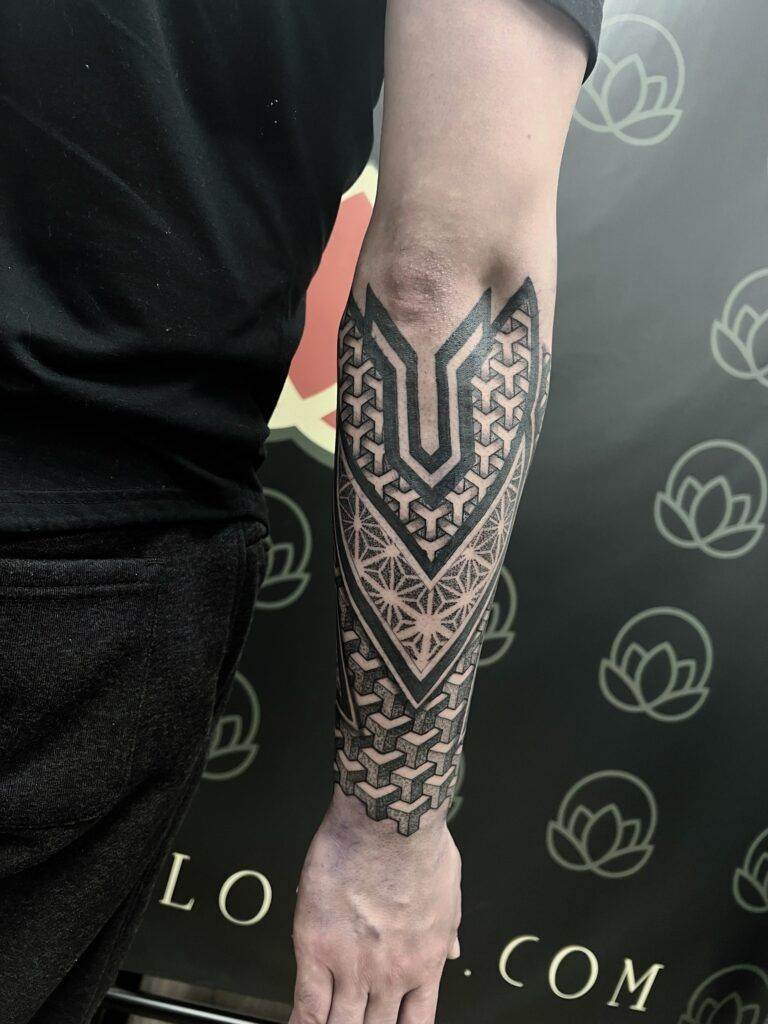
Shapes with Meaning
Geometric shapes aren’t just visually appealing—they often carry symbolic meanings. Understanding the significance behind different shapes can help you choose a design that resonates on a deeper level. Here are a few commonly used shapes and their meanings:
- Triangles: Symbolize strength, balance, and connection between different elements (mind, body, spirit).
- Circles: Represent wholeness, unity, and the cyclical nature of life.
- Squares: Often symbolize stability, order, and grounding.
- Hexagons: Found frequently in nature (e.g., honeycombs), these shapes represent harmony, balance, and efficiency.
Incorporating these shapes into your tattoo design can add layers of personal meaning while keeping the design clean and minimalist.
2. Combining Geometry with Other Elements
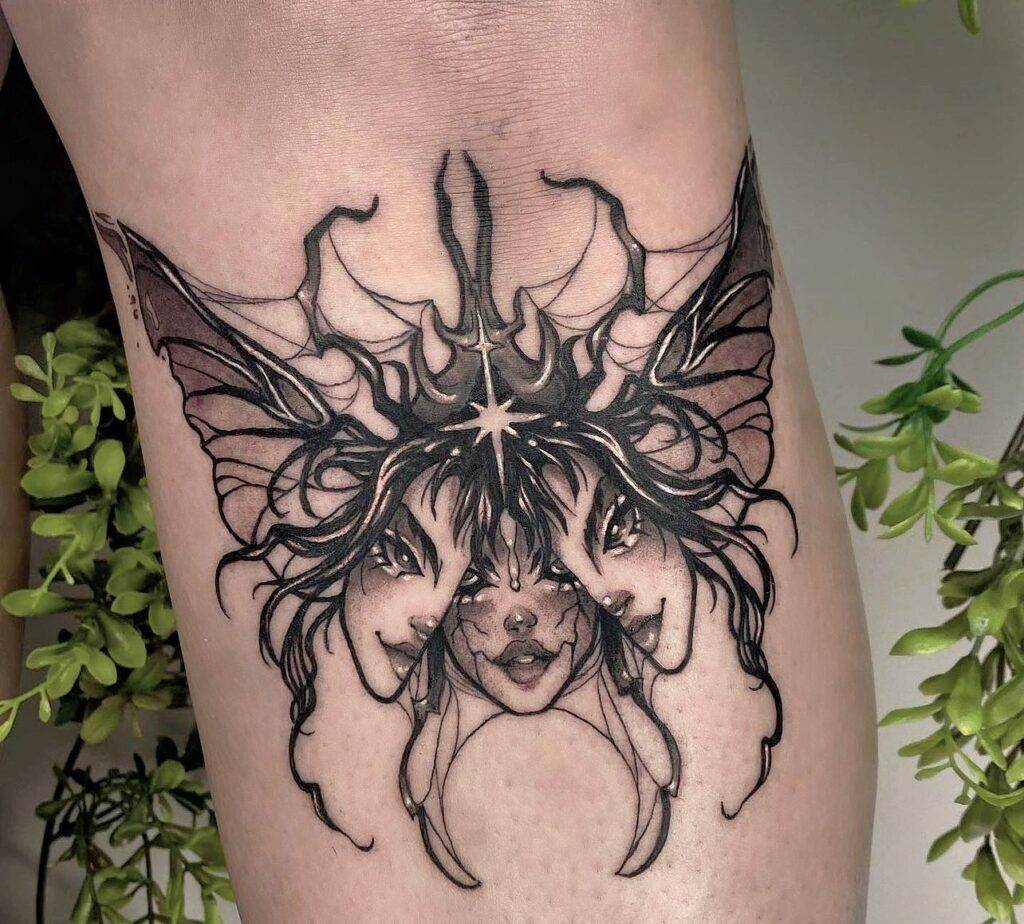
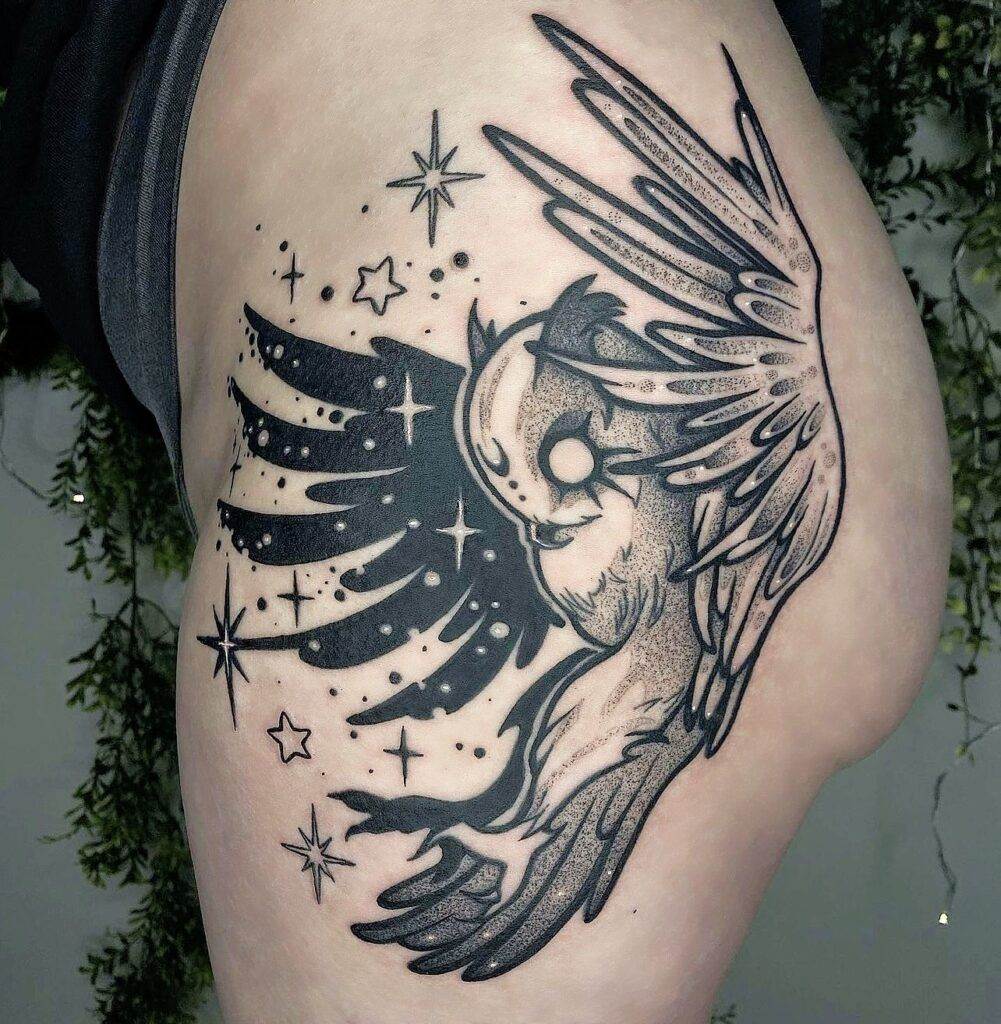
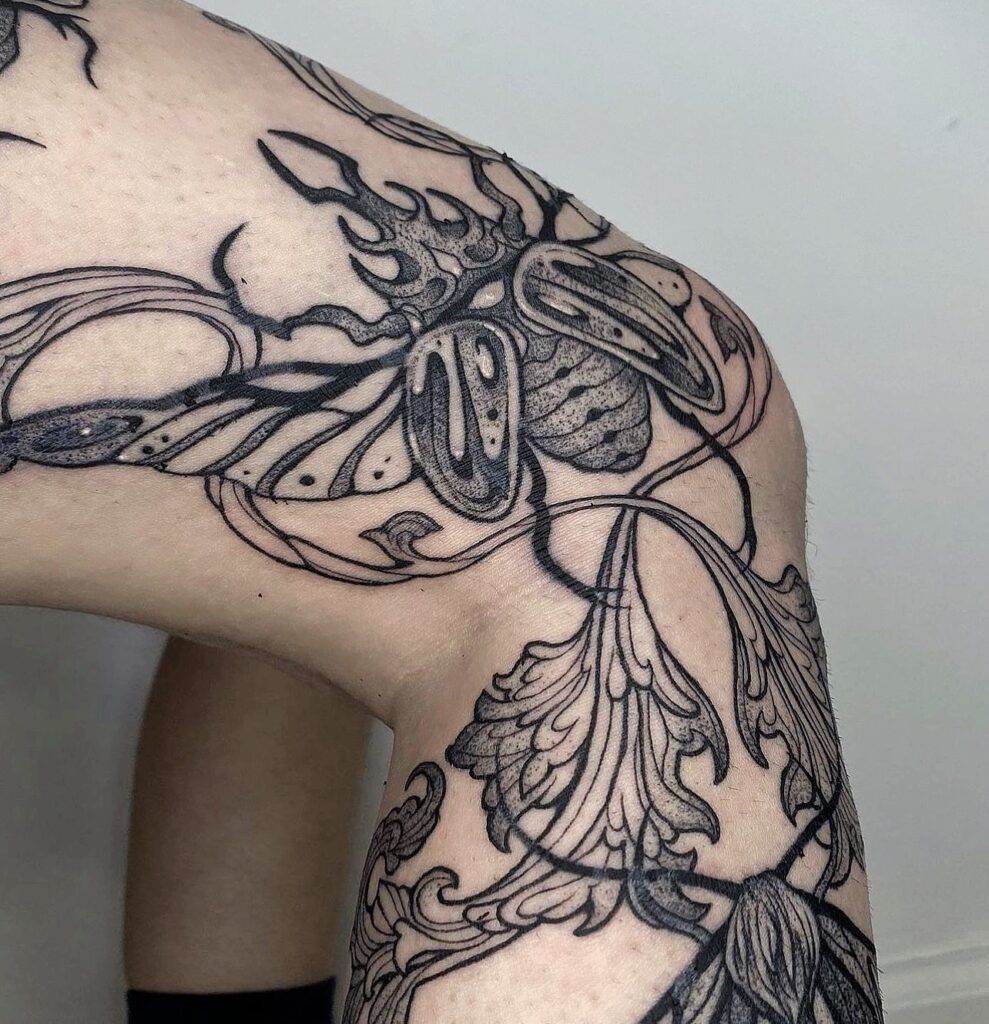
Fusion of Styles
One of the unique aspects of geometric tattoos is their ability to blend seamlessly with other styles, creating a hybrid design that can be truly personalized. You can merge geometric patterns with:
- Nature elements: Geometric patterns can be used to frame or contrast natural elements like animals, flowers, or landscapes. For instance, a wolf or tree can be made of abstract geometric shapes to provide a modern twist on a classic subject.
- Mandala patterns: Mandalas, known for their circular, symmetrical design, can be merged with geometric shapes to create a visually mesmerizing piece that conveys balance and spirituality.
- Dotwork: This intricate technique involves creating shapes and patterns with small dots, giving your geometric tattoo depth and texture.
By combining geometry with other tattoo styles, you create a unique piece that merges structured lines with organic or symbolic elements.
3. Play with Symmetry and Asymmetry
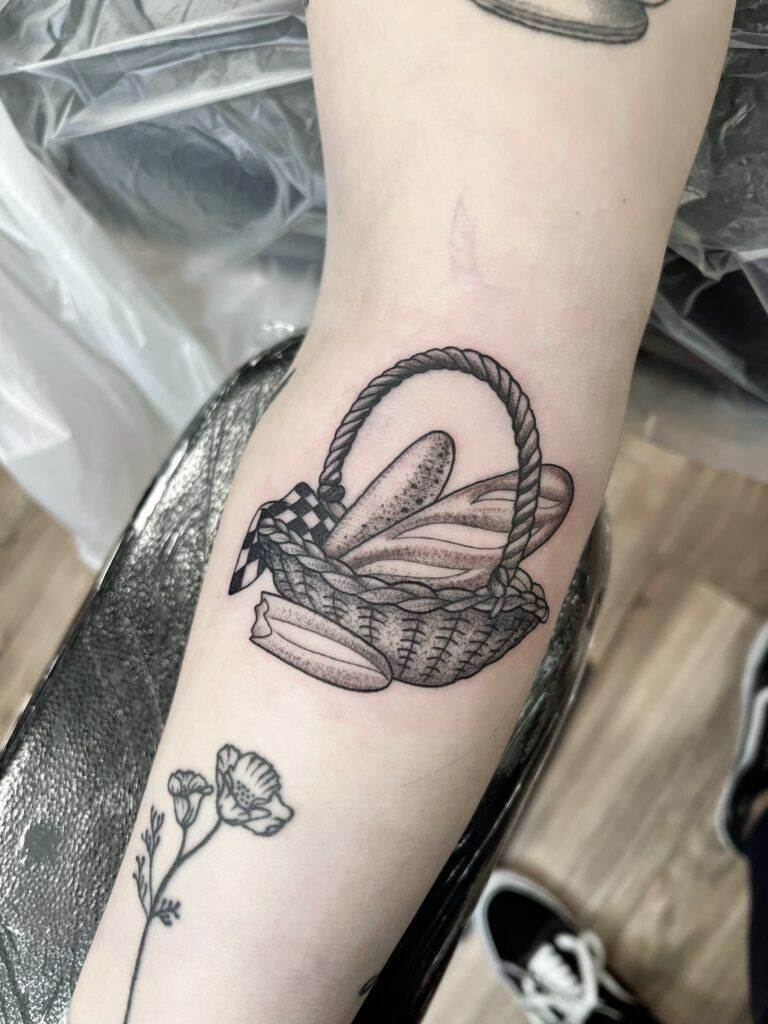
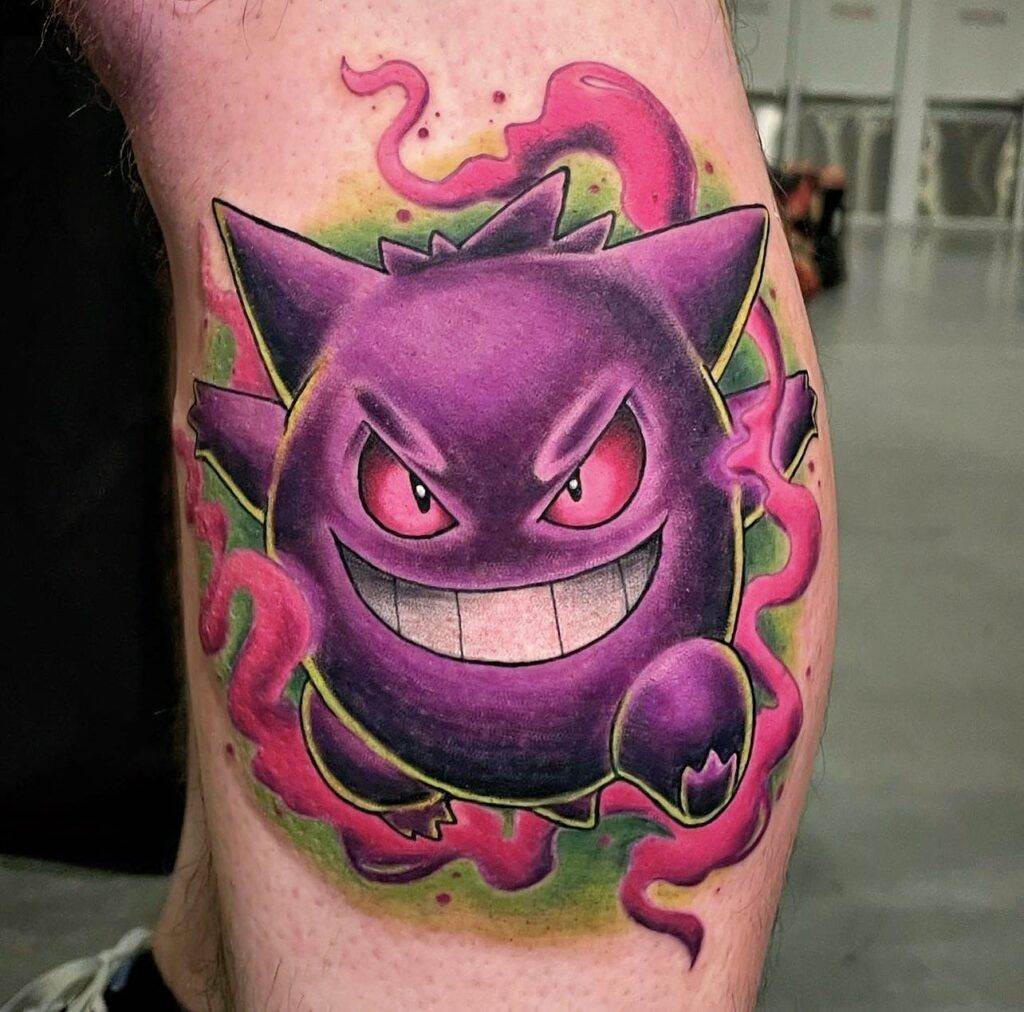
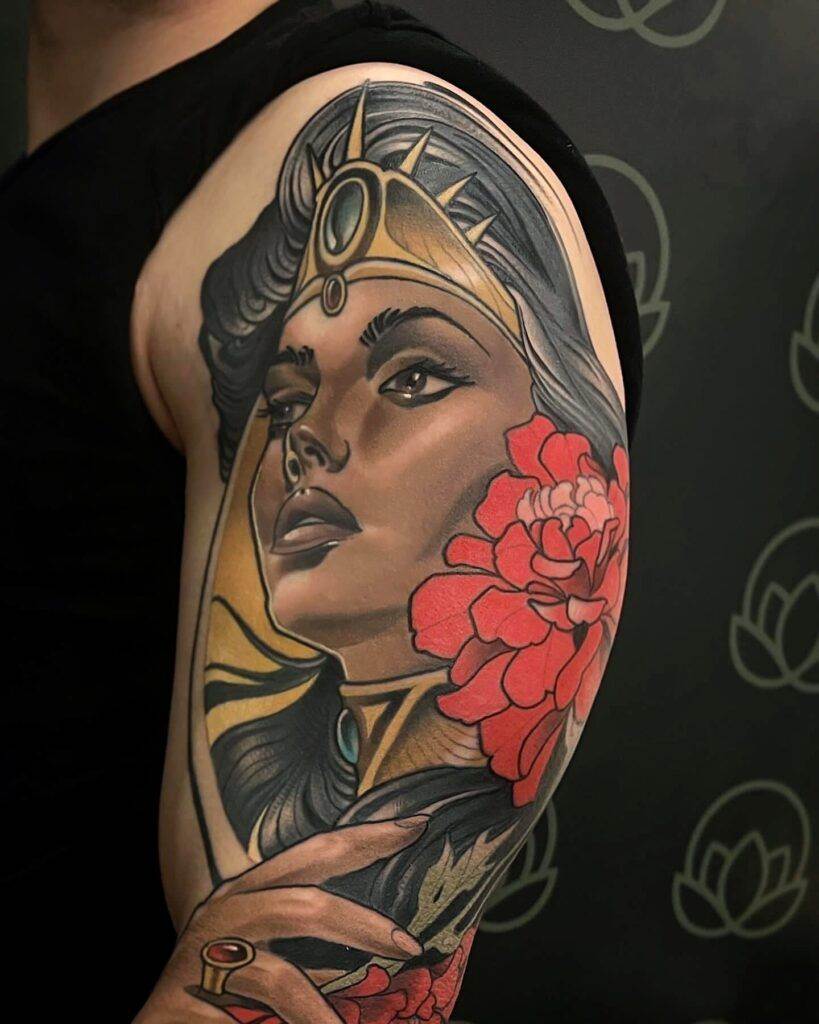
Balanced and Perfect Symmetry
Symmetry is a hallmark of many geometric tattoos, with shapes aligning perfectly to create a harmonious look. Designs such as mandalas, symmetrical animal portraits, or repeating patterns often rely on perfect symmetry to deliver a balanced, calming aesthetic. Symmetry also gives the tattoo a sense of completeness, making it ideal for those who value order and harmony.
Asymmetrical Designs
Alternatively, asymmetrical geometric tattoos can provide a more dynamic and abstract look. By intentionally using irregular or offset shapes, you can create a unique and eye-catching design that breaks traditional patterns. This approach works well when you want to combine multiple elements into one tattoo, allowing you to experiment with proportions and placements for a modern, artistic feel.
4. Choosing the Right Placement
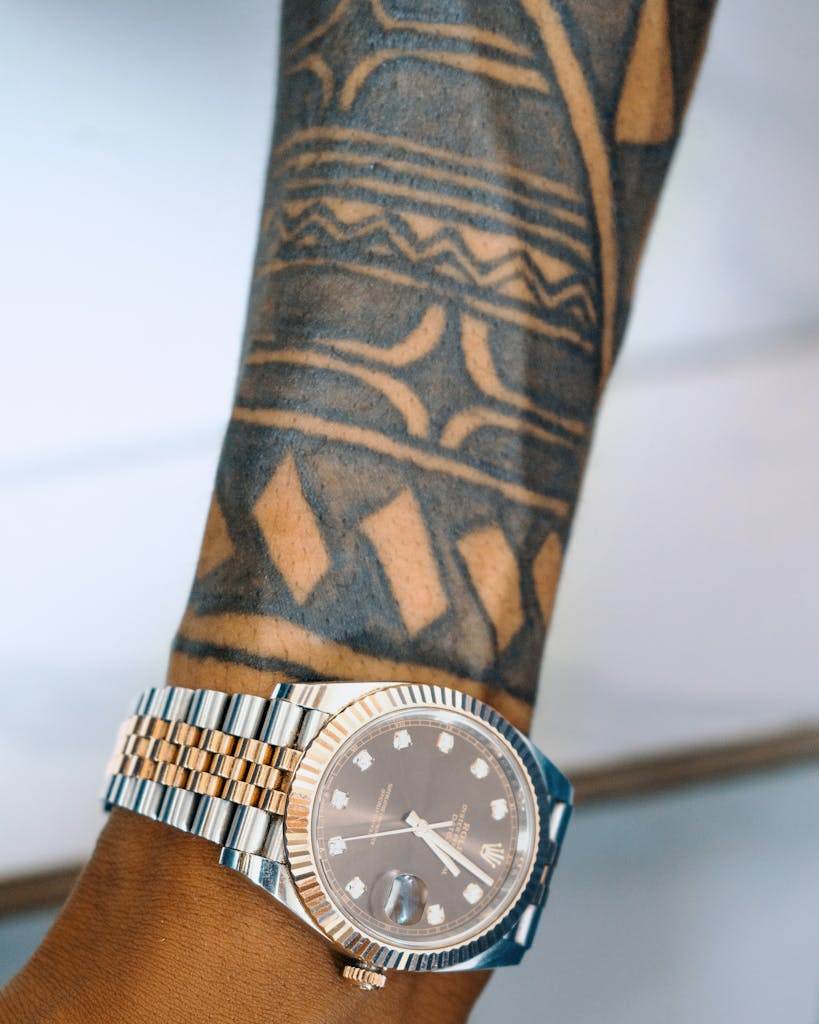
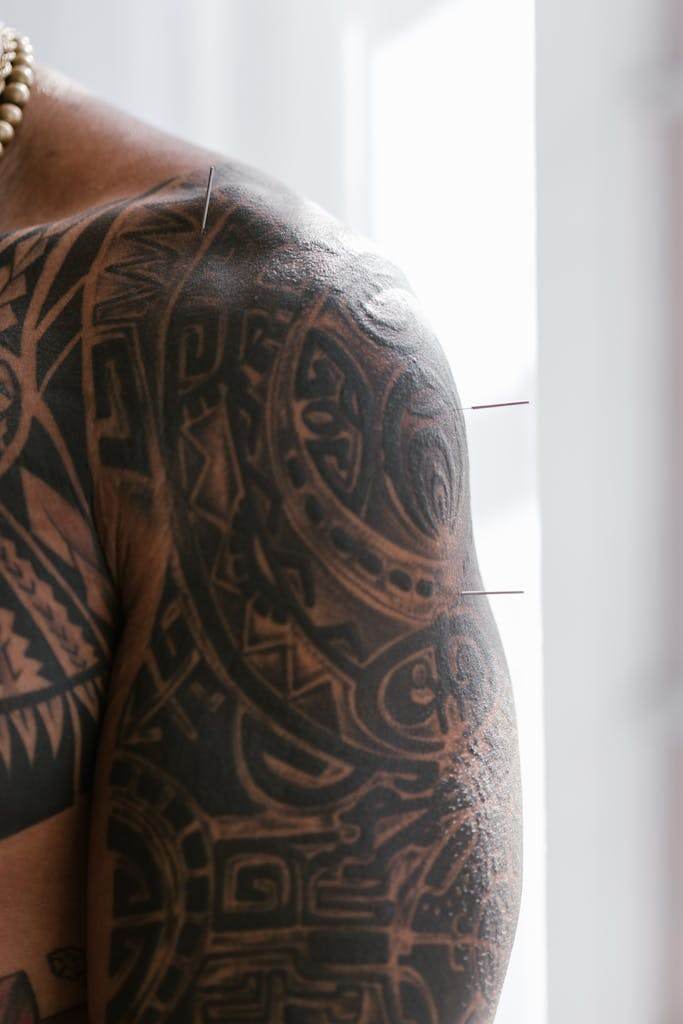
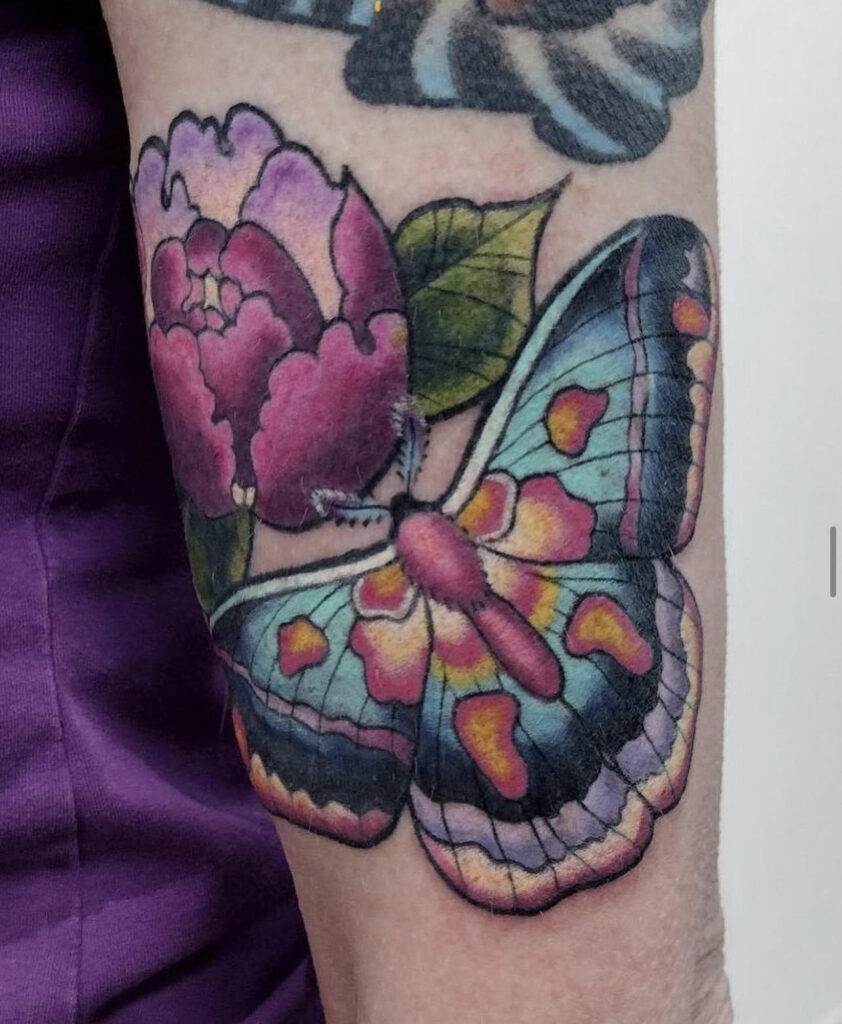
Considering Body Contours
One of the keys to a successful geometric tattoo is considering how the design will interact with the natural contours of your body. Geometric tattoos often emphasize precision and clean lines, so choosing a location where the design complements your body shape is essential. Common placements for geometric tattoos include:
- Forearm or wrist: Great for smaller, more intricate designs that wrap around or sit flat on a smooth surface.
- Back or chest: Ideal for larger geometric pieces or symmetrical designs, allowing for more detailed, expansive tattoos.
- Leg or thigh: These areas provide ample space for more complex geometric designs or patterns that may incorporate multiple elements.
When choosing a placement, it’s important to think about how the tattoo will move with your body. Geometric patterns, with their focus on symmetry and precision, often look best on areas with flatter surfaces.
5. Creating Optical Illusions with Geometry
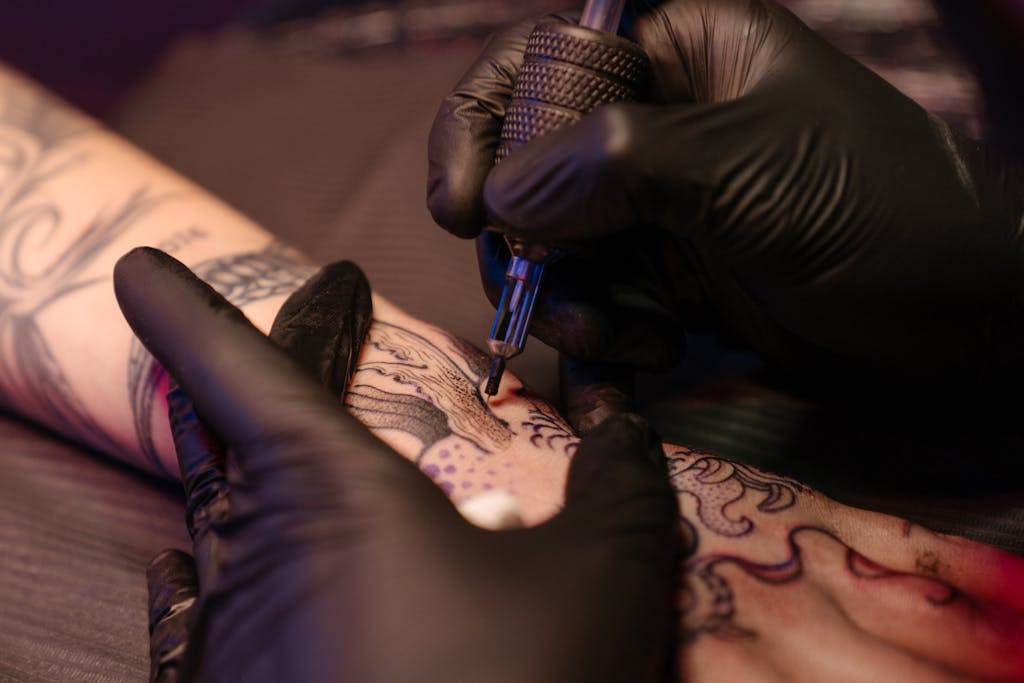
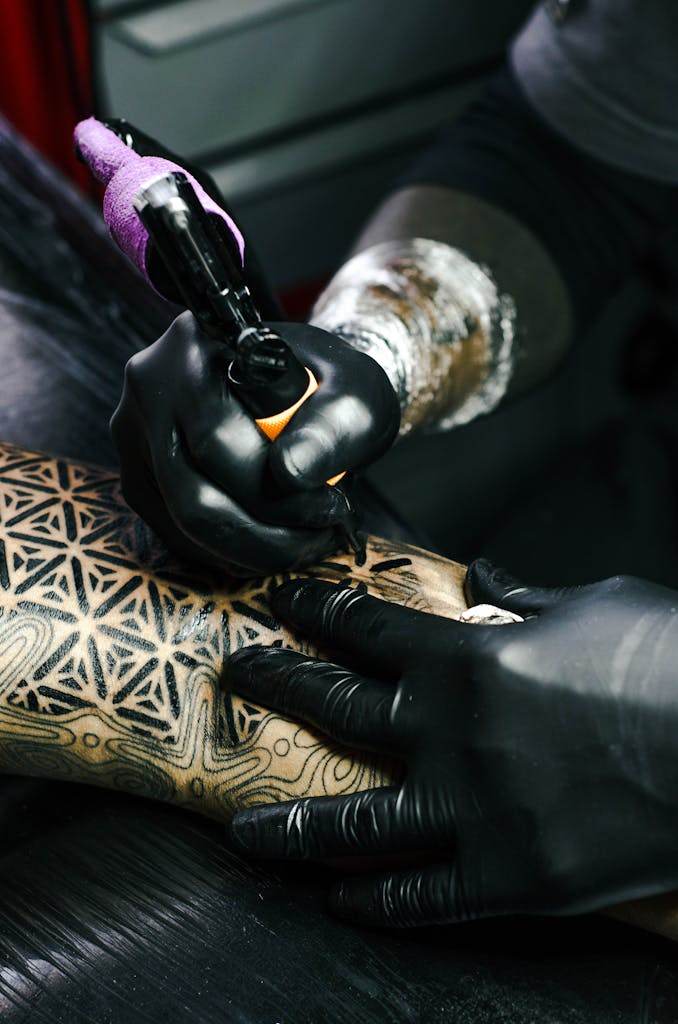
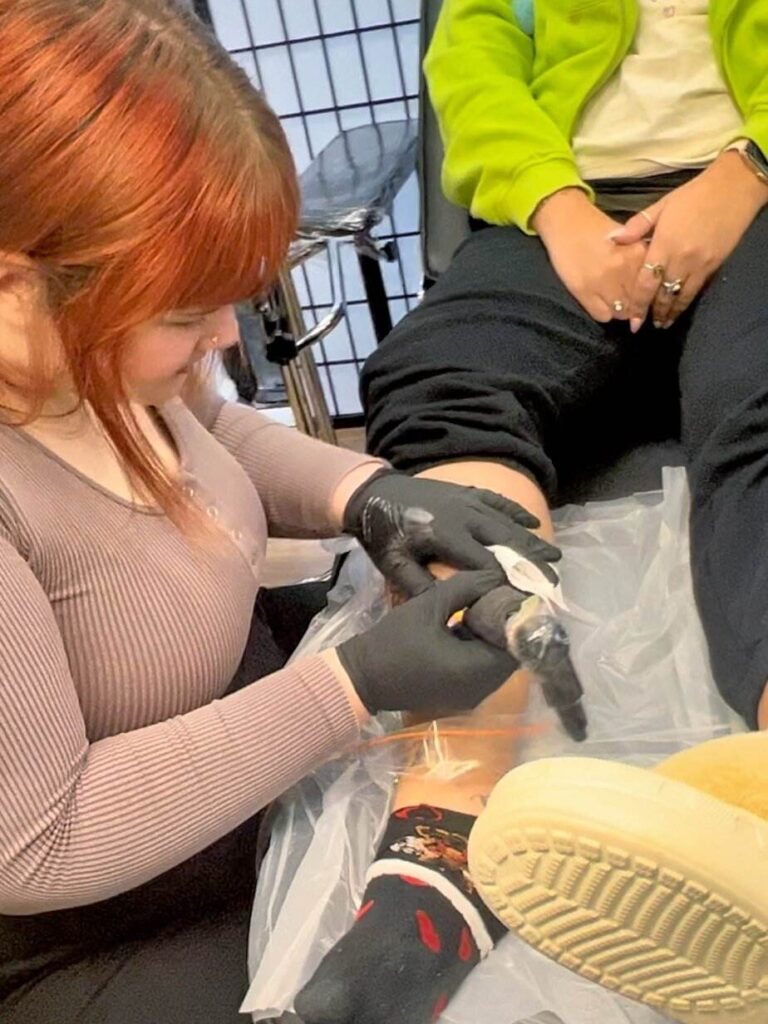
3D Effects
One of the most intriguing aspects of geometric tattoos is their ability to create optical illusions. By using techniques such as shading, line variation, or overlapping shapes, you can create 3D effects that give the tattoo depth and movement. For instance, combining hexagons, cubes, or triangles in a way that suggests a three-dimensional object can make the tattoo appear to pop off your skin.
Tessellation and Repetition
Tessellation is the art of repeating geometric shapes without gaps or overlaps. Incorporating tessellation into your tattoo design can create mesmerizing, hypnotic patterns that cover a larger area of skin. These designs can be as simple or complex as you like, from repeating triangles to intricate honeycomb patterns, offering a visually engaging piece that draws attention to the precision of the design.
6. Customizing Your Color Palette
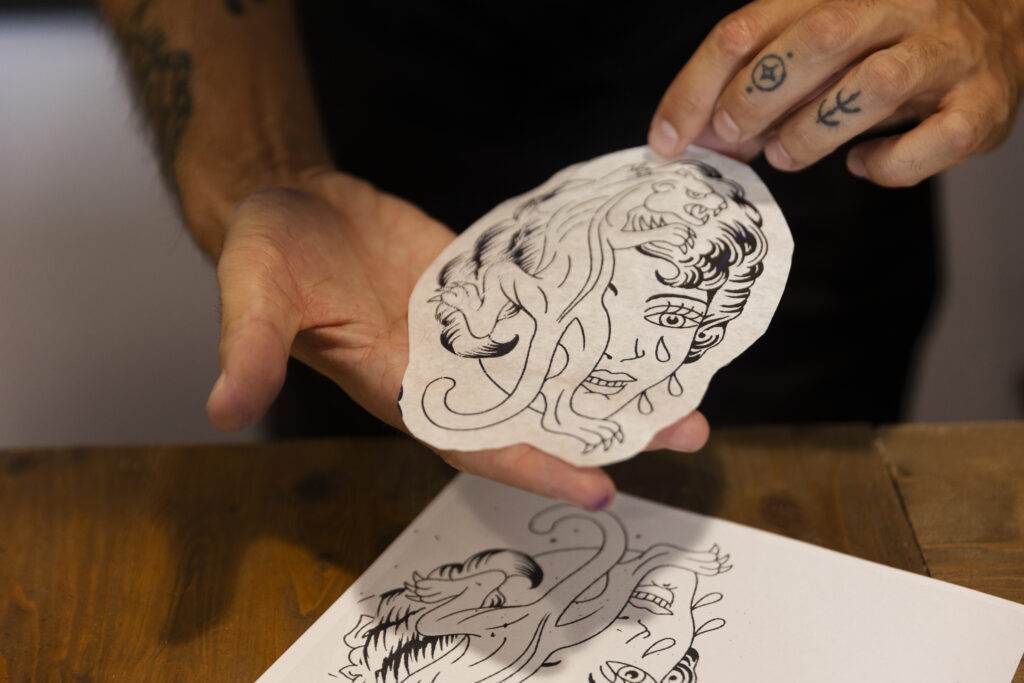

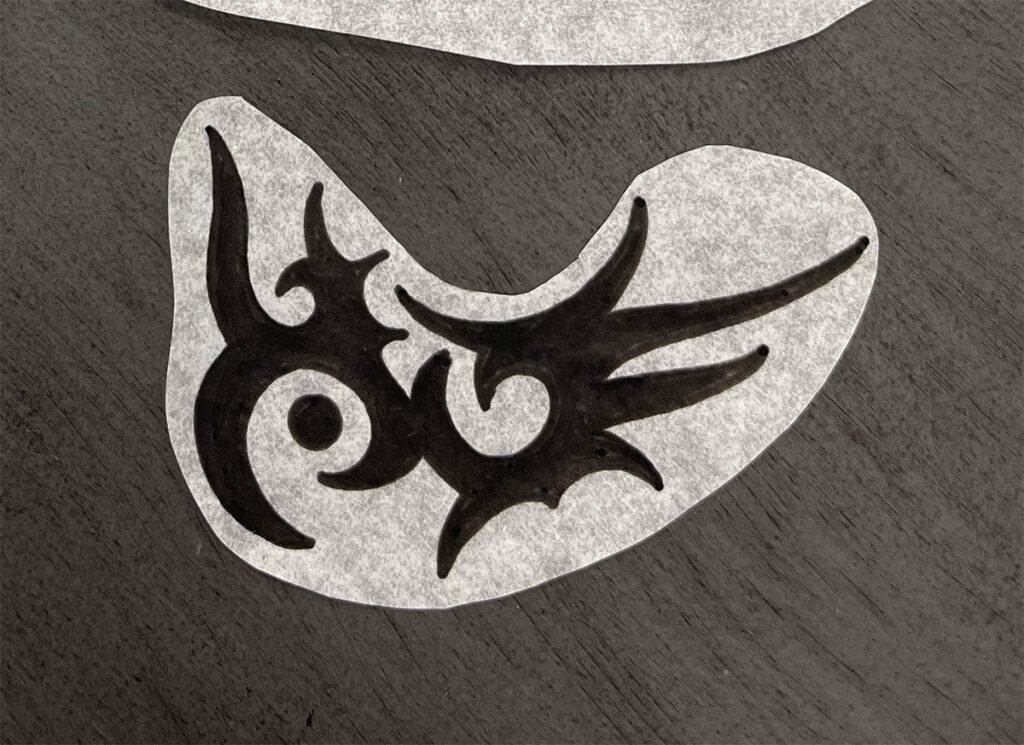
Black and Gray
Geometric tattoos are often done in black and gray, which highlights the clean lines and sharp angles of the design. Black ink enhances the clarity of the geometric shapes, ensuring that the design remains crisp and bold over time. The contrast between black and gray can also add depth to certain elements, making some shapes appear more pronounced.
Pops of Color
While black and gray are common choices, adding selective pops of color can bring a fresh, vibrant feel to your geometric tattoo. Using color sparingly within a geometric pattern—for example, highlighting one section of a mandala or using a bright hue for a key shape—can make your design stand out while still maintaining its minimalist aesthetic. Geometric tattoos often pair well with bold primary colors or subtle pastels, depending on the look you’re going for.
7. Collaborating with Your Tattoo Artist
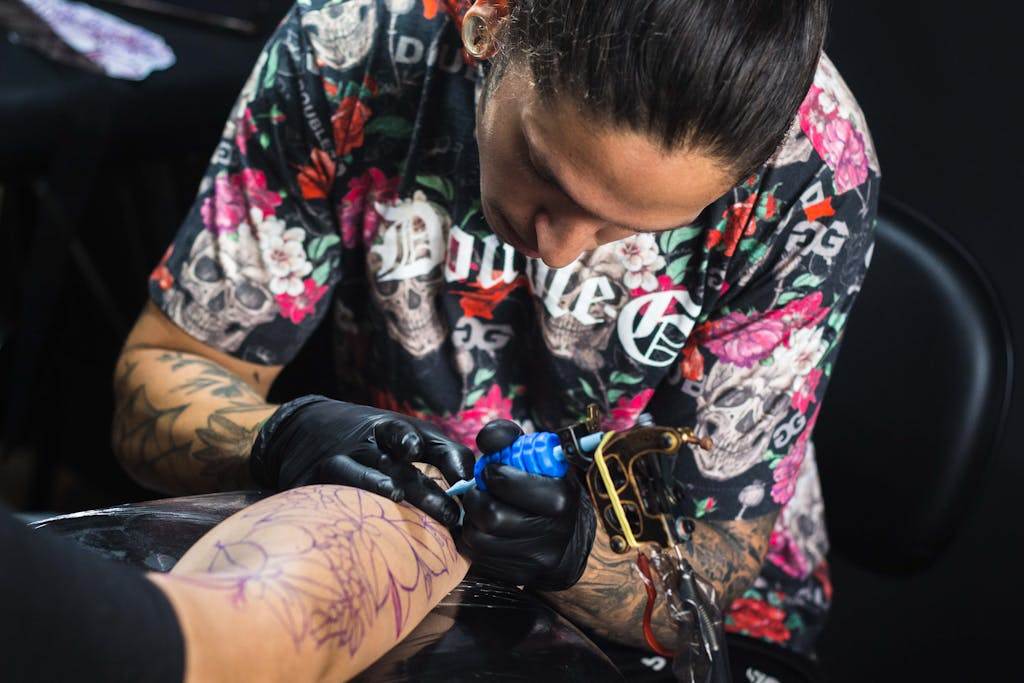
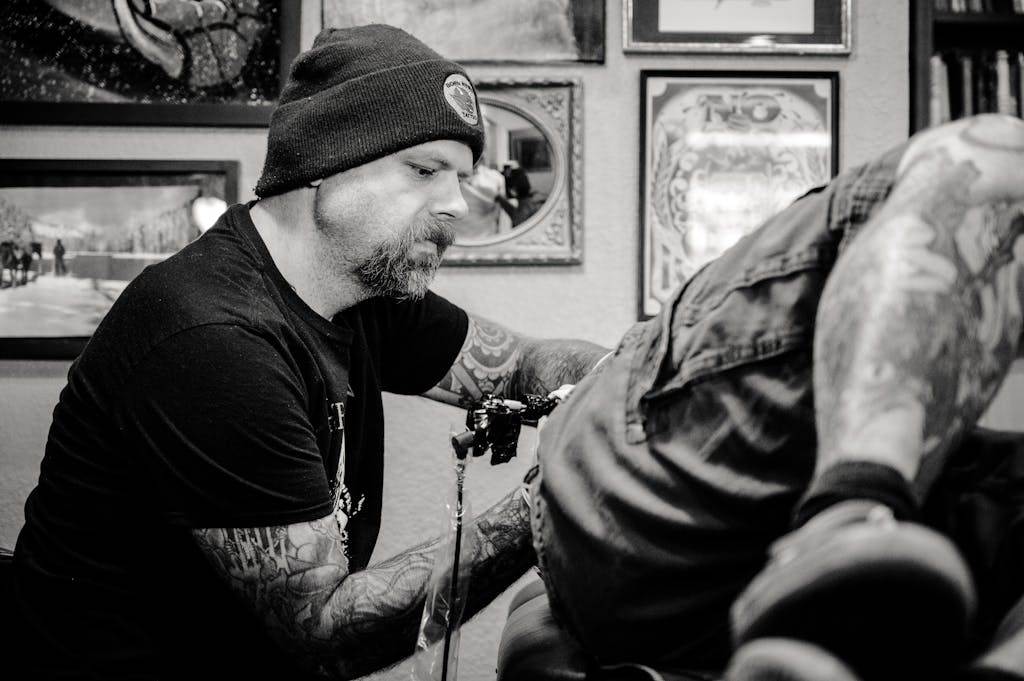
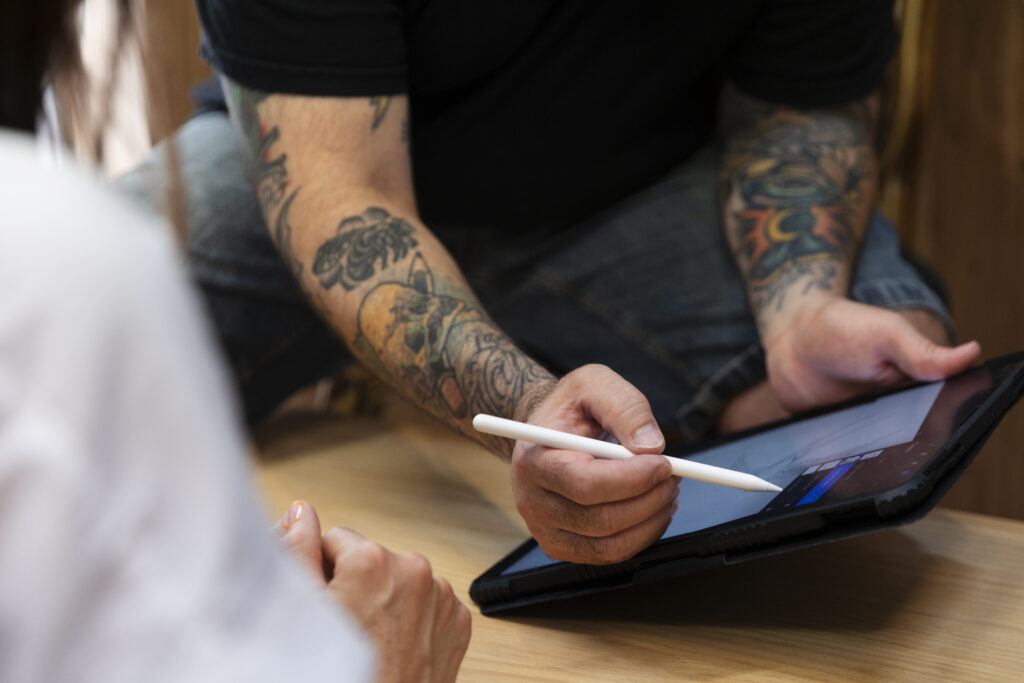
Personalizing Your Design
One of the benefits of geometric tattoos is the vast range of customization options available. Collaborating closely with your tattoo artist can help you personalize the design to fit your style, meaning, and body shape. Whether you’re interested in a small geometric wrist tattoo or a large back piece, an experienced artist can help refine the design, adjust for placement, and ensure the geometric lines remain clean and sharp.
Precision and Skill
Geometric tattoos require precision and attention to detail, making it essential to choose an artist with experience in creating these designs. The clean lines and symmetrical patterns of geometric tattoos can be unforgiving, so it’s important to work with someone who understands the technical demands of this style and can execute it flawlessly.
Conclusion
Incorporating geometric patterns into your tattoo design offers endless possibilities for creating a striking, meaningful, and visually appealing piece. From choosing symbolic shapes to blending geometric designs with other tattoo styles, this approach allows for a high level of personalization and creativity. Whether you prefer symmetrical, minimalist designs or bold, dynamic patterns, geometric tattoos are a versatile and timeless option.

